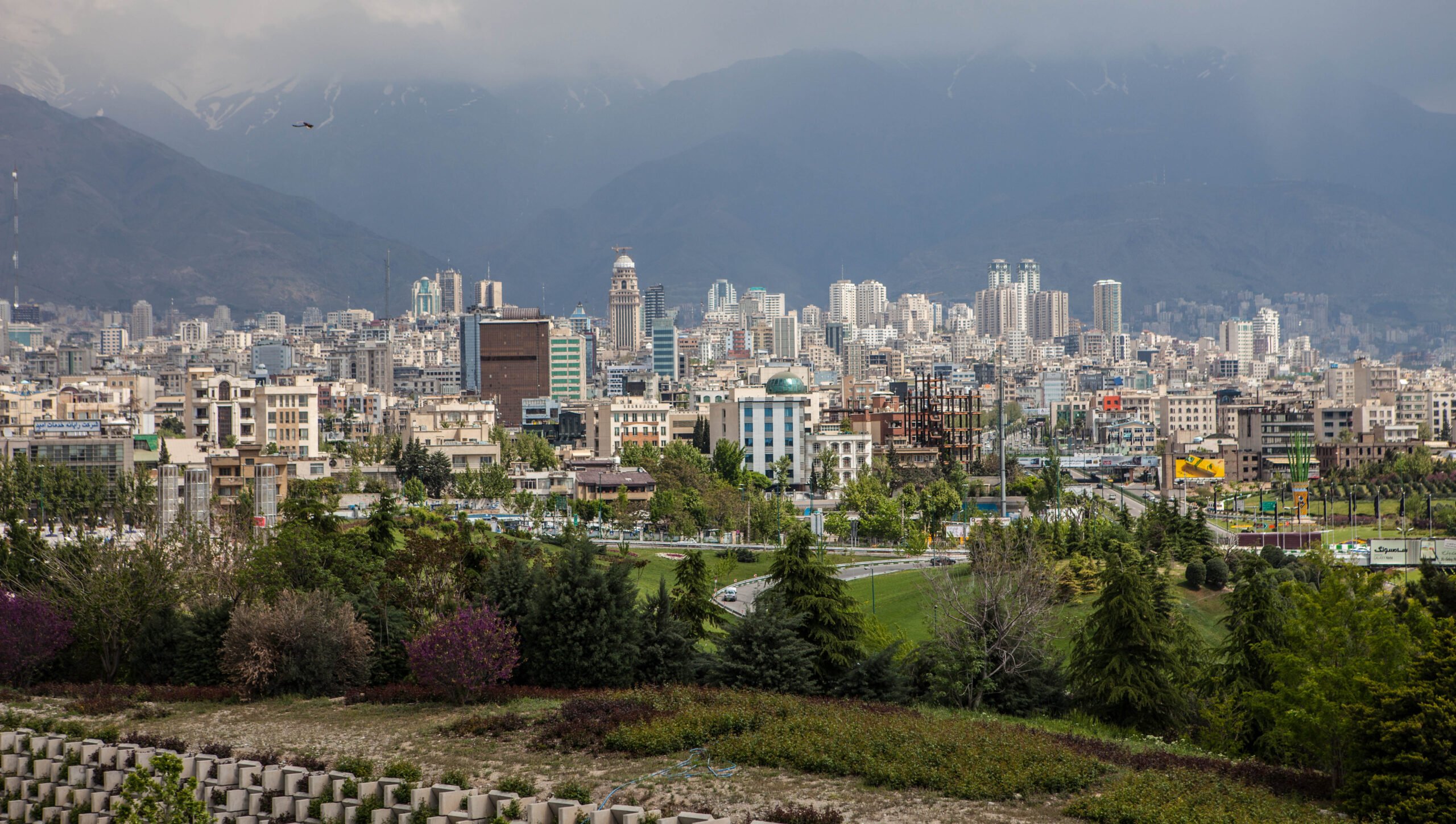Politics
Four Options for U.S. Response: Strikes Needed on Tehran, Not Syria

Guest post by Antonio Graceffo
Following the killing of U.S. soldiers in Jordan by Kata’ib Hezbollah, an Iran-backed militia, the White House retaliated with airstrikes against Iran-backed groups in Yemen, Syria, and Iraq.
This response has triggered a debate between those advocating a tougher stance (hawks) and those favoring a more restrained approach (doves). The discussion revolves around the appropriateness of the action’s scale and the potential for additional de-escalation efforts.
Hawks are pushing for a more severe response, while doves are emphasizing anti-war sentiment, believing it will contribute to regional stability.
Tensions between the U.S. and Iran are running high, and the White House’s response to the Iran attack could potentially lead to increased tensions between the Biden administration and Tehran, as well as an escalation in the Middle East.
As Joe Biden contemplates his response, he is confronted with four significant options: A. do nothing, B. remove all U.S. personnel from the Middle East, C. launch strikes against Iran-backed groups in other countries, and D. attack Iran directly.
Before deciding on a course of action, Joe Biden needs to consider his objective. If the aim is to prevent future Iran-backed attacks, then direct strikes on Iran may be the only policy option that could achieve that goal.
A. Do nothing: This might seem like the least provocative option, but it could be seen as weakness or embolden Iran-backed groups to further attacks. This option is unlikely to have strong support across any major political group. It might resonate with a small segment of isolationists, but most Americans favor some form of response to attacks on US interests.
B. Remove all US personnel from the Middle East: This would be a major retreat from US foreign policy objectives in the region and could be seen as a victory for Iran-backed groups. It would embolden Iran, its proxies, and other adversaries, while also leaving U.S. allies, countries like Israel and Saudi Arabia, vulnerable, making the U.S. look like an unreliable partner. Withdrawing U.S. support may weaken regional partners and destabilize the region.
Counterterrorism operations would also be dealt a heavy blow by a U.S. pullout. The Middle East remains a breeding ground for extremist groups like al-Qaeda and ISIS, and the U.S. maintains a military presence to combat them and protect its interests globally.
The U.S. presence helps mediate conflicts between various factions in the Middle East and can prevent humanitarian crises while also safeguarding vital oil resources.
Additionally, by remaining in the Middle East, the U.S. can counter Iranian influence, which is destabilizing countries like Lebanon, Jordan, Syria, and Yemen.
C. Launch strikes against Iran-backed groups in other countries: This option aligns with the traditional conservative approach of “deterrence through strength.” It demonstrates resolve without directly escalating with Iran, appealing to those prioritizing security and limited intervention. However, concerns about civilian casualties and potential uncontrollable escalation might exist within this group.
This is the option recently chosen by the U.S., with airstrikes targeting facilities linked to the groups responsible for the attack. It aims to demonstrate resolve and inflict costs without directly escalating with Iran. However, history has proved that its value as a deterrent to future attacks is negligible.
Limited strikes against low-value targets might not be enough of a deterrent. However, excessive force or civilian casualties could escalate tensions and backfire. If targeted groups feel significantly weakened or humiliated, they might become more desperate and launch retaliatory attacks. Meanwhile, as Iran observes this restrained reaction, they would understand that they won’t face direct consequences, potentially leading them to persist or even escalate their support for groups hostile to the U.S.
D. Attack Iran directly: is the most controversial option, potentially curbing Iran’s support for terrorists and militias. While some hardline conservatives may push for a forceful response, many in this group emphasize avoiding major wars and unintended consequences.
The prospect of wider conflict and regional instability could face significant opposition, raising legal concerns under international law. This high-risk option could have severe consequences, likely heightening anti-American sentiment. Despite its risks, a devastating attack might act as a deterrent for future actions.
Launching direct strikes on Iran would make Tehran feel the consequences of their actions and send a strong message that the U.S. is unafraid to go right for the serpent’s head. This could deter them from repeating similar actions in the future.
Military actions could focus on disrupting the infrastructure and personnel supporting regional terrorists and militias. Additionally, targeting financial centers and oil refineries could make it harder for Iran to support terrorism in the future.
Dr. Antonio Graceffo, PhD, China MBA, is an economist and national security analyst with a focus on China and Russia. He is a graduate of American Military University.
Read the full article here


















